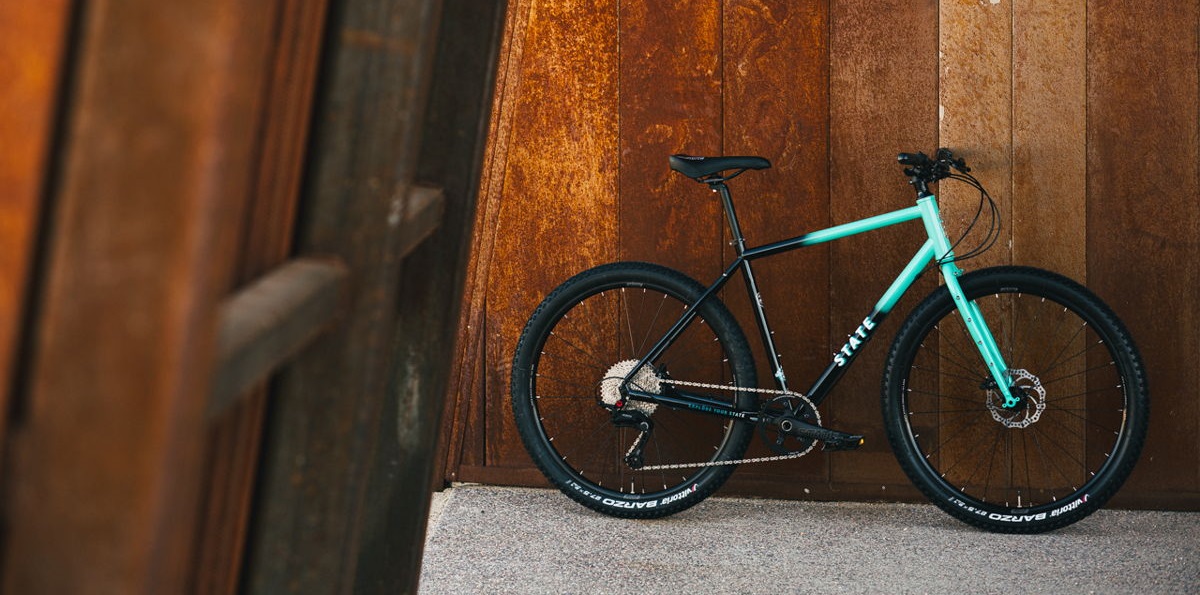Sign up for daily news updates from CleanTechnica on email. Or follow us on Google News!
A new study published in the Journal for Environmental Psychology proves what those of us who have been enamored with the two-wheeled lifestyle have known for years: cyclists are just better people than non-cyclists!
The study, authored by Harald Schuster, Jolanda van der Noll, and Anette Rohmann and published in the November issue of the Journal, examined the relationships between mobility behavior and four facets of orientation towards the common good. Those being defined as political participation, social participation in organizations, neighborhood solidarity, and neighborly helpfulness — and, of course, things like multilane highways, huge parking structures, and real-estate sapping car parks do very little to increase those kinds of social participation.
In the context of use of public spaces, the concepts of walkability or bikeability are relevant: Deitrick and Ellis (2004) describe walkability as an urban design concept that characterizes high-quality public space (with parks, open space, potential for gathering) with easily accessible destinations and diverse land uses, and moderate to higher density housing. The concept of bikeability is based on the concept of walkability: the level of analysis was applied to bicycles as a mode of transportation (Castañon & Ribeiro, 2021; Porter et al., 2020). Transportation science and urban planning have addressed the psychological impact of mobility in the context of walkability or bikeability and confirm a positive effect of walkability on self-reported sense of well-being and resilient social relations (Curl & Mason, 2019; Kingham et al., 2020; Weijs-Perree et al., 2019). Likewise, Henriksen and Tjora (2013) found that parks or neighborhoods associated with walkability have a positive impact on perceptions of experiences of community in the urban neighborhood. Furthermore, Wickes et al. (2018) demonstrated that the degree of diversity of land use and the resulting type of social interaction significantly influenced the perceived social cohesion. Accordingly, Hipp et al. (2014) showed that land uses that impede local, active mobility and hinder face-to-face encounters with neighbors, such as rivers, highways, or industrial areas, reduce perceptions of cohesion with fellow residents.
All of which is to say that transportation choices like cycling and walking put us out into the community, while the choice of driving in a private car (even in a rideshare) isolates us, away from the community.
Slovenko (2001) notes that the perceptions of the social “outside world” can be lost through the capsule of the car and that therefore the interactions with other road users would be limited. According to Bauman (2000) this relative isolation can reinforce individualistic behaviors and cause drivers to neglect collective actions.
“Cycling rather than driving was positively associated with [an] orientation towards the common good in all models,” writes Schuster, dutifully confirming my biases. “Cycling was the only variable that was a significant positive predictor for all four facets of orientation towards the common good after controlling for possibly confounding variables (homeownership, personal income, education, sex).”
And, of course, people who spend more time cycling are obviously even better people than people who spend just a little bit of time cycling. And, while e-bike riders tend to be awesome, there is even some evidence that acoustic bike riders are even awesome-er. “Cyclists, especially in urban areas, directly experience the breadth of social diversity and cultural heterogeneity that make up urban life and cannot escape these impressions due to sensory density,” reads the study. “This direct experience of the neighborhood environment leads to a stronger emotional bond between people and their neighborhood. This emotional attachment of people to their neighborhood is considered a mediator for civic activities (Stefaniak et al., 2017). We expect, therefore, that people who move non-motorized, experience a greater orientation towards the common good than people who move motorized.”
Cycling | It’s Really a State of Mind

State 4130 All-Road; the author’s personal bike.
As if I needed yet another reason to love my 4130, right? What about you guys? What’s your go-to two wheeler for getting around/climbing up on your moral high horse to look down upon the carbrains and cagers from? Scroll on down to the comments and let us know!
Sources: Journal of Environmental Psychology, via ScienceDirect, Jalopnik.
Have a tip for CleanTechnica? Want to advertise? Want to suggest a guest for our CleanTech Talk podcast? Contact us here.
EV Obsession Daily!
I don’t like paywalls. You don’t like paywalls. Who likes paywalls? Here at CleanTechnica, we implemented a limited paywall for a while, but it always felt wrong — and it was always tough to decide what we should put behind there. In theory, your most exclusive and best content goes behind a paywall. But then fewer people read it!! So, we’ve decided to completely nix paywalls here at CleanTechnica. But…
Thank you!
Community Solar Benefits & Growth
CleanTechnica uses affiliate links. See our policy here.




